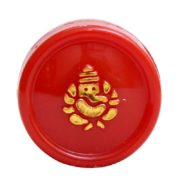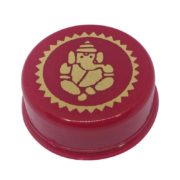Modern driving is a breeze compared to the days of wrestling with a heavy steering wheel. This effortless experience is thanks to power steering, a marvel of engineering that makes maneuvering your car a smooth and enjoyable task. But have you ever wondered what goes on behind the scenes to deliver that assisted steering feel? This article dives deep into the world of power steering components, explaining how they work together to make driving a less tiring experience.
The Power Steering Symphony: A Breakdown of Key Components
Power steering systems operate on the principle of multiplying the driver’s input force. Here’s a breakdown of the essential components that make up a typical hydraulic power steering system (the most common type):
- Steering Wheel: Where the driver initiates steering commands. It connects to the steering column through a universal joint, allowing for smooth turning.
- Steering Column: A sturdy shaft that transmits the driver’s turning motion from the steering wheel to the steering gear.
- Power Steering Pump: The heart of the system, driven by the engine’s belt. It converts engine power into hydraulic pressure by pumping power steering fluid.
- Power Steering Fluid Reservoir: Holds the fluid that circulates within the system and also serves as a point for adding or checking fluid levels.
- High-Pressure Hose: Carries pressurized fluid from the pump to the steering gear.
- Steering Gear: This is where the magic happens. It converts the hydraulic pressure from the fluid into mechanical force that turns the wheels. There are different types of steering gears, with rack and pinion being the most common in modern vehicles.
- Low-Pressure Hose: Returns used fluid from the steering gear back to the reservoir.
The Flow of Power: How the Components Work Together
- Driver Input: You turn the steering wheel, applying a turning force to the steering column.
- Power Steering Pump Activation: The rotation of the steering column activates the power steering pump.
- Hydraulic Pressure Generation: The pump pressurizes the power steering fluid.
- Fluid Flow: High-pressure fluid travels through the high-pressure hose to the steering gear.
- Force Amplification: Inside the steering gear, the pressurized fluid acts on pistons or a spool valve, depending on the type of gear. This force overcomes the resistance of the wheels, turning them in the desired direction.
- Fluid Return: Used fluid flows back to the reservoir through the low-pressure hose, completing the cycle.
Beyond Hydraulics: Exploring Other Power Steering Systems
While hydraulic power steering is the most common, other systems are gaining traction:
- Electric Power Steering (EPS): Uses an electric motor instead of a hydraulic pump to assist steering. Offers improved fuel efficiency and a more responsive feel.
- Electro-Hydraulic Power Steering (EHPS): Combines both electric and hydraulic systems. Offers a balance between fuel efficiency and steering feel.
The Benefits of Power Steering
Power steering offers several advantages over manual steering systems:
- Reduced Effort: Requires less physical effort from the driver, especially at low speeds and during parking maneuvers.
- Improved Maneuverability: Makes tight turns and handling easier, especially for larger vehicles.
- Enhanced Driver Comfort: Reduces fatigue during long drives and allows for more precise steering control.
- Safety Benefits: Contributes to improved overall vehicle control and responsiveness in critical situations.
Conclusion: Power Steering Components – The Unsung Heroes of Effortless Driving
Power steering components work together seamlessly, transforming driver input into effortless steering control. Understanding these components helps you appreciate the engineering marvel behind the smooth and comfortable driving experience we take for granted today. So, the next time you effortlessly navigate a corner or park your car with ease, remember the power steering symphony playing its vital role behind the scenes.
For more info please visit: – https://www.pwrsteer.com/




